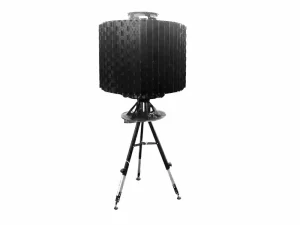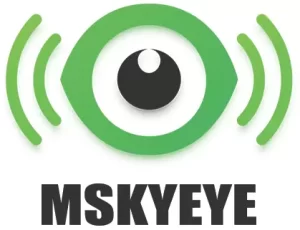Airports are one of the busiest places in the world, with thousands of flights taking off and landing every day. Ensuring the safety of passengers and aircraft is of utmost importance, and this is where surveillance systems come in. Here we will explore the differences between surface movement radar and traditional surveillance systems and which one is more effective.
What is Surface Movement Radar?
Surface Movement Radar (SMR) is a type of radar system that is used to monitor the movement of aircraft and vehicles on the ground. It provides real-time information on the location, speed, and direction of aircraft and vehicles, allowing air traffic controllers to manage ground movements safely and efficiently. SMR is typically installed at airports and is used in conjunction with other surveillance systems, such as Automatic Dependent Surveillance-Broadcast (ADS-B) and Multilateration (MLAT).
How Does Surface Movement Radar Work?
Surface Movement Radar works by emitting a radio frequency signal that is reflected off the surface of the ground. The reflected signal is then received by the radar antenna and processed to determine the location, speed, and direction of the aircraft or vehicle. SMR can detect objects as small as a baggage cart and can track multiple objects simultaneously.

What are Traditional Surveillance Systems?
Traditional surveillance systems, such as Closed-Circuit Television (CCTV) and security cameras, are commonly used in airports to monitor the movement of people and vehicles. CCTV cameras are typically installed in strategic locations, such as terminal buildings, parking lots, and runways, and provide a visual record of activity in the area. CCTV footage can be used to investigate incidents and identify potential security threats.
How Do Traditional Surveillance Systems Work?
Traditional surveillance systems work by capturing visual images of the area being monitored. CCTV cameras are connected to a central monitoring station, where trained personnel can view the footage in real-time. The footage is also recorded and stored for future reference. Traditional surveillance systems are typically used in conjunction with other security measures, such as access control systems and perimeter fencing.
Which is More Effective: Surface Movement Radar or Traditional Surveillance Systems?
Both Surface Movement Radar and traditional surveillance systems have their own unique benefits and limitations. Surface Movement Radar provides real-time information on the movement of aircraft and vehicles on the ground, allowing air traffic controllers to manage ground movements safely and efficiently. SMR is particularly effective in low visibility conditions, such as fog or heavy rain, where visual surveillance systems may be less effective.

Traditional surveillance systems, such as CCTV, provide a visual record of activity in the area being monitored. CCTV footage can be used to investigate incidents and identify potential security threats. Traditional surveillance systems are particularly effective in areas where there is a high risk of criminal activity, such as parking lots or terminal buildings.
In conclusion, both Surface Movement Radar and traditional surveillance systems have their own unique benefits and limitations. The choice of which system to use depends on the specific needs of the airport and the level of security required. At Mskyeye, we offer a wide range of surveillance systems to meet your security needs. Visit our website to learn more about our products and services.

